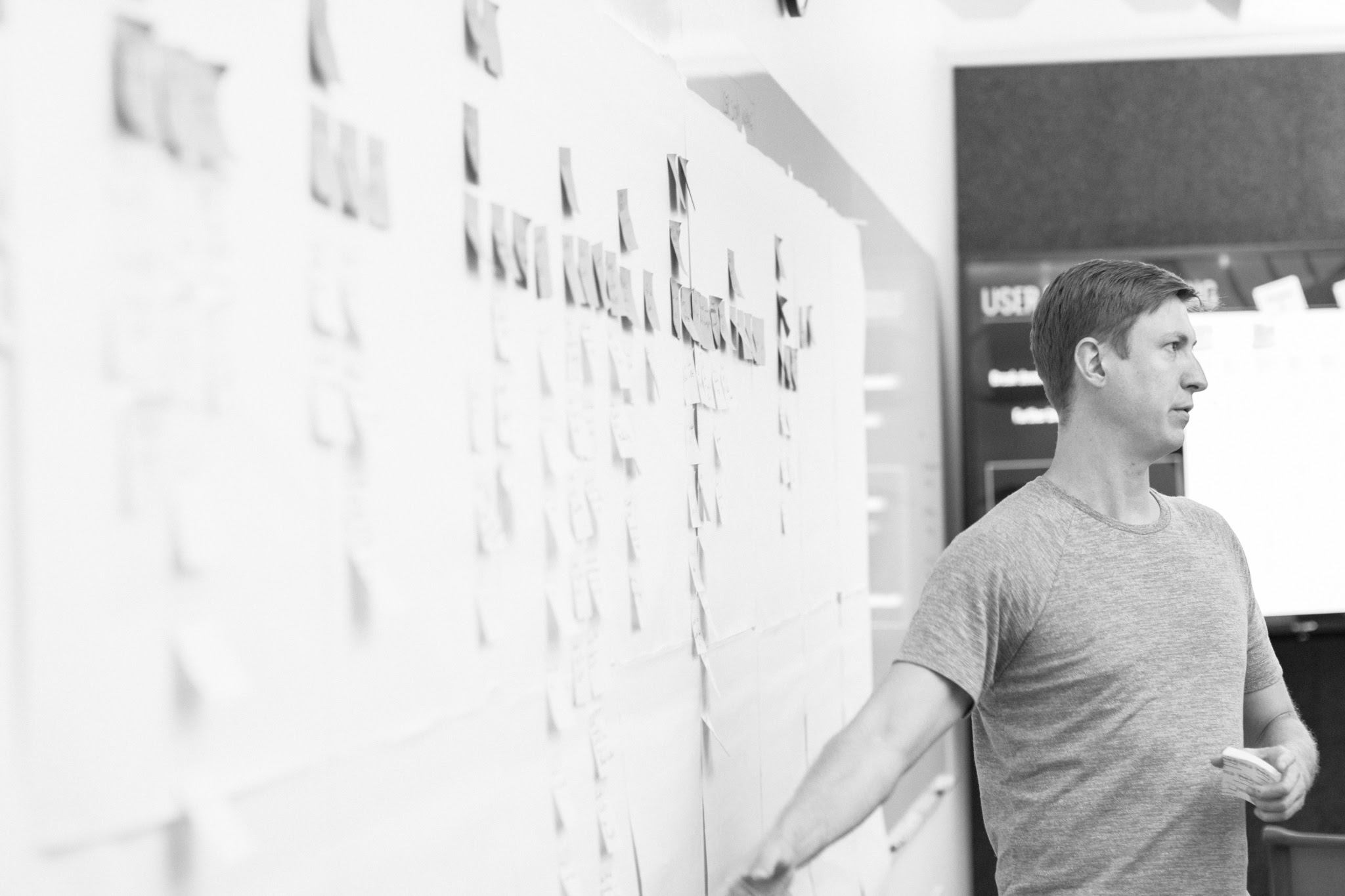
Team workshop to define existing and potential workflows
Shifting the approach to building internal development tools to improve how content is created for over 100 million players globally.
Riot Games
Riot Games is a global video game development company best known for League of Legends, one of the most-played PC games in the world and a key driver in the growth of esports.
Role
Product Designer
Deliverables
Usability Research
Design Sprints
Customer Interview Training
Product Designs
Summary
This project aimed to improve Riot Games' internal development tools platform, which was causing frustration and workflow disruption for game developers and designers. The team conducted usability research with key users, identified and prioritized root problems, and ran Design Sprints to deliver feasible solutions. Outcomes included a re-designed core data selection component that lowered bugs and sped up the workflow, and a training program that helped engineers better understand user pain points.
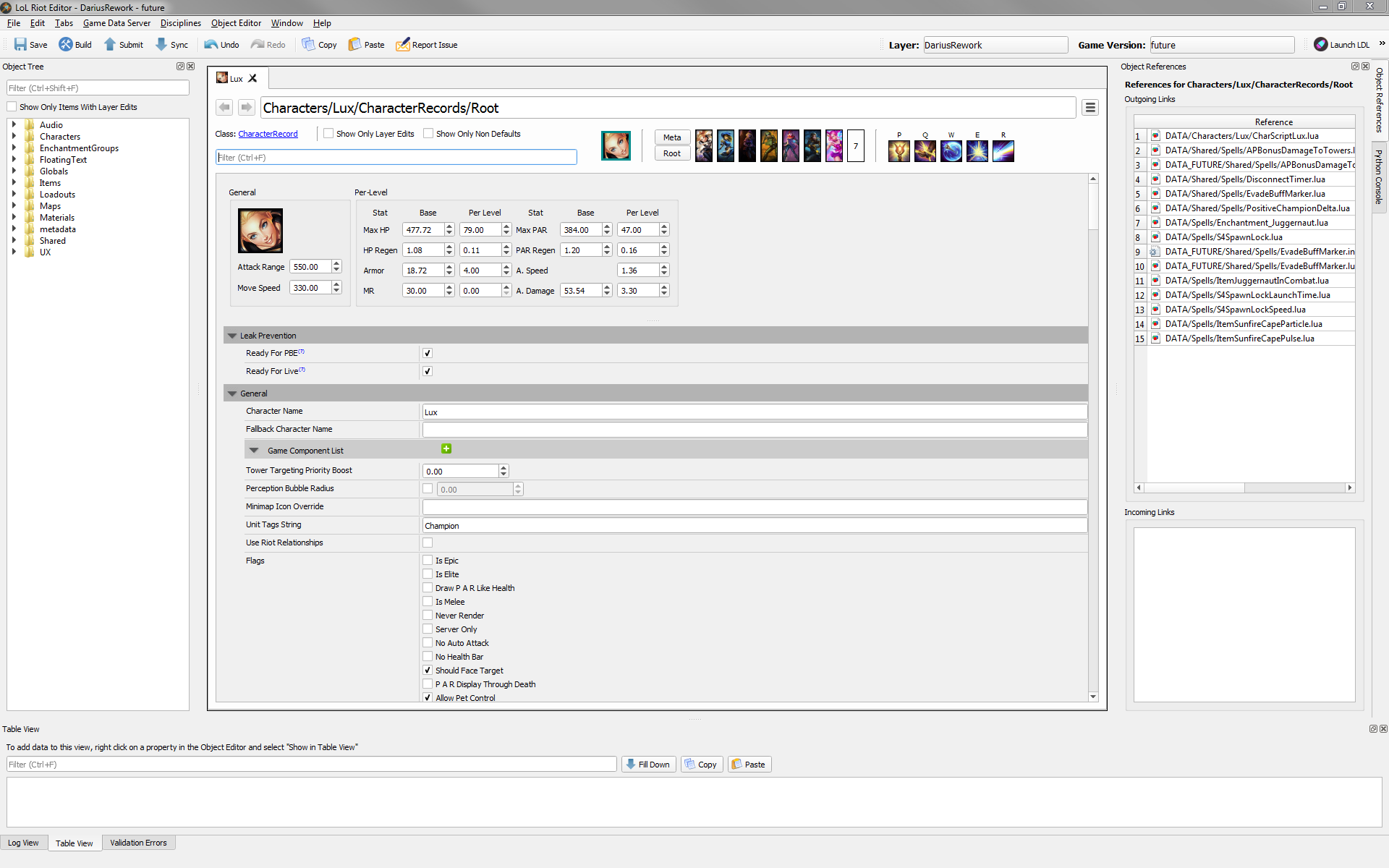
Original application released to users
The Challenge
The initial release of Riot’s internal tools platform was met with frustration from game developers (users) due to its unintuitive nature; causing workflow disruption and critical bugs in the game. The team recognized that the majority of mistakes were made because the engineers had built the tool in a silo without any interaction with users and they needed support to bridge the gap.
Our Approach
We began by aligning on the highest priority challenge and re-framing it into three questions to inform the desired short-term outcomes and overall long-term strategy.
How might we rebuild trust with our users and better understand how they’re using the platform?
–
How might we improve the overall platform experience so that we can introduce new workflows?
–
How might we ensure engineers can clearly understand user's pain points to inform how they create and test solutions moving forward?
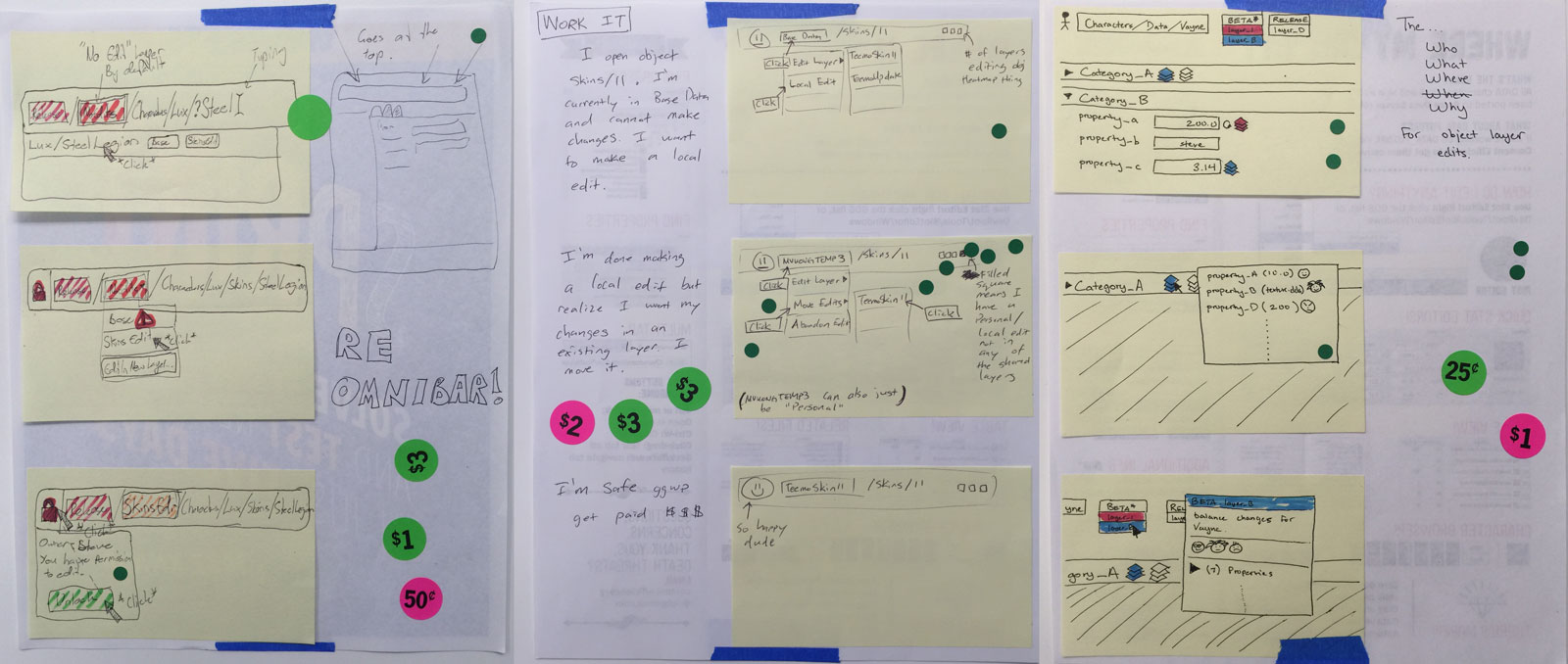
Design Sprint winning sketch that was prototyped and tested

Usability testing of current state application and new prototype
We conducted usability research with key users to gain insight into their pain points and identify root problems in the platform. The team was able to see first-hand the challenges they’d introduced into the game developers’ workflow. Having identified the main root problem during usability research, we went into the Design Sprint with a clear focus. We ran a Design Sprint and Iteration Sprint with the product team, bringing in expert users to ensure we accurately understood their specific challenges in order to deliver solutions that were feasible, desirable and viable.
As the team began ideating the next workflow to integrate into the platform, it was important to equip the nine engineers with the capabilities to do basic customer interviews. The half-day training focused on how to create questions, how to ask questions and how to conduct an interview to keep users at the center of future development.
"He helped us solve a large and ambiguous problem and discover issues within our solution in a week instead of months. We were able to pivot and solve it the right way and our users were very happy with our results. I would highly recommend Maicol for anyone looking to develop the right product quickly."

Jean-Eric Khalife
Product Owner, Riot Games
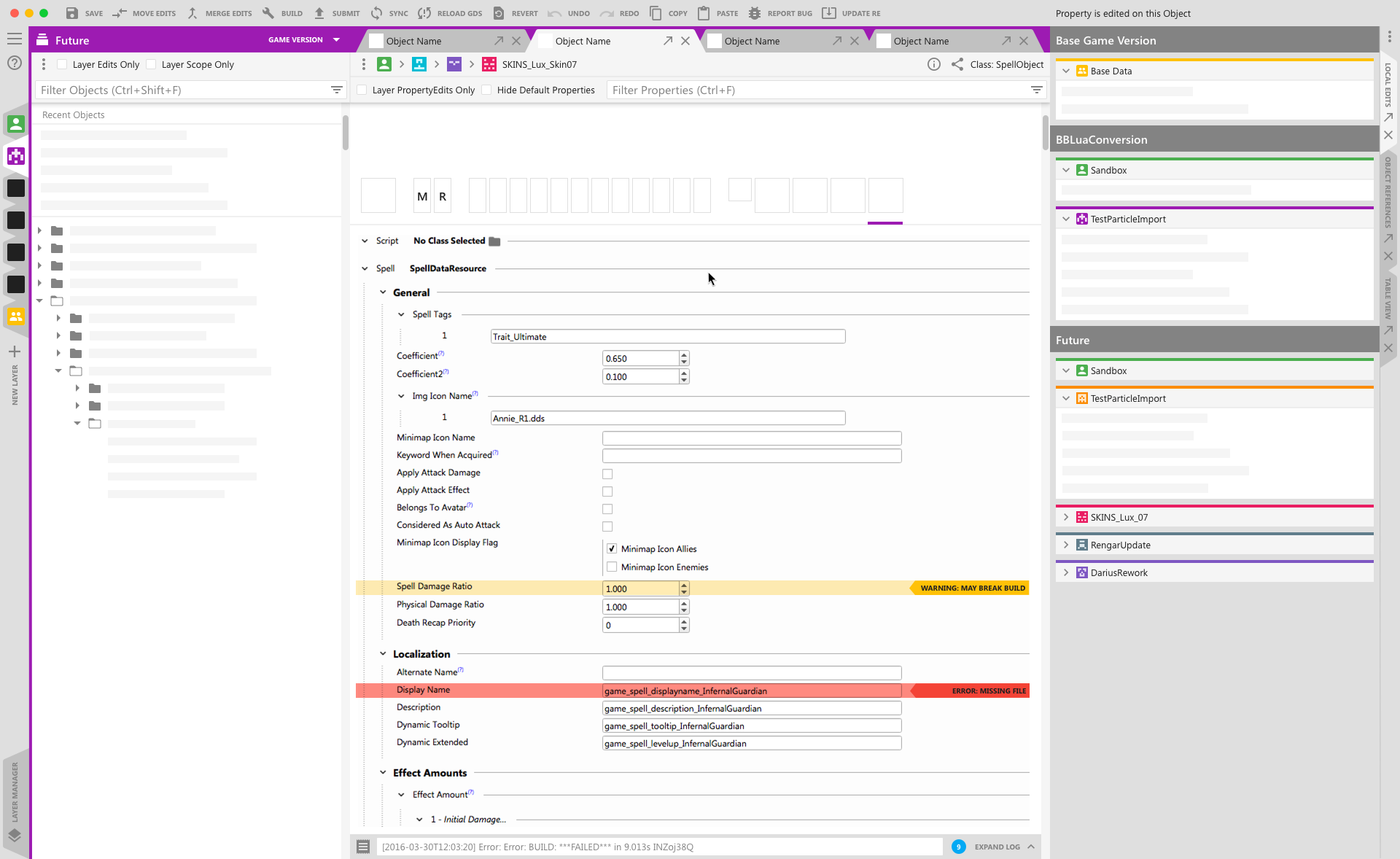
Conceptual product design to align the team on feature definitions
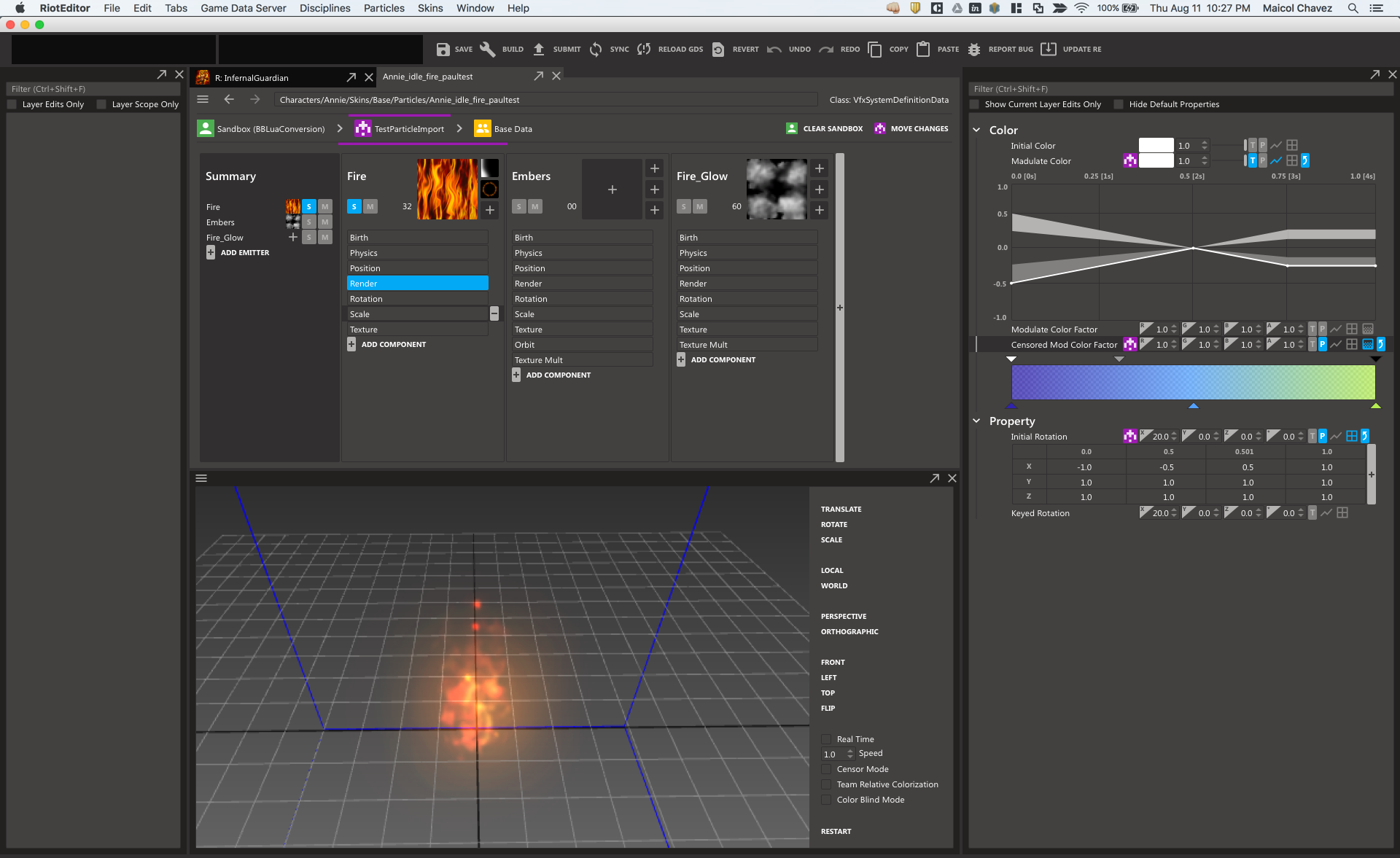
New workflow product design for VFX artists